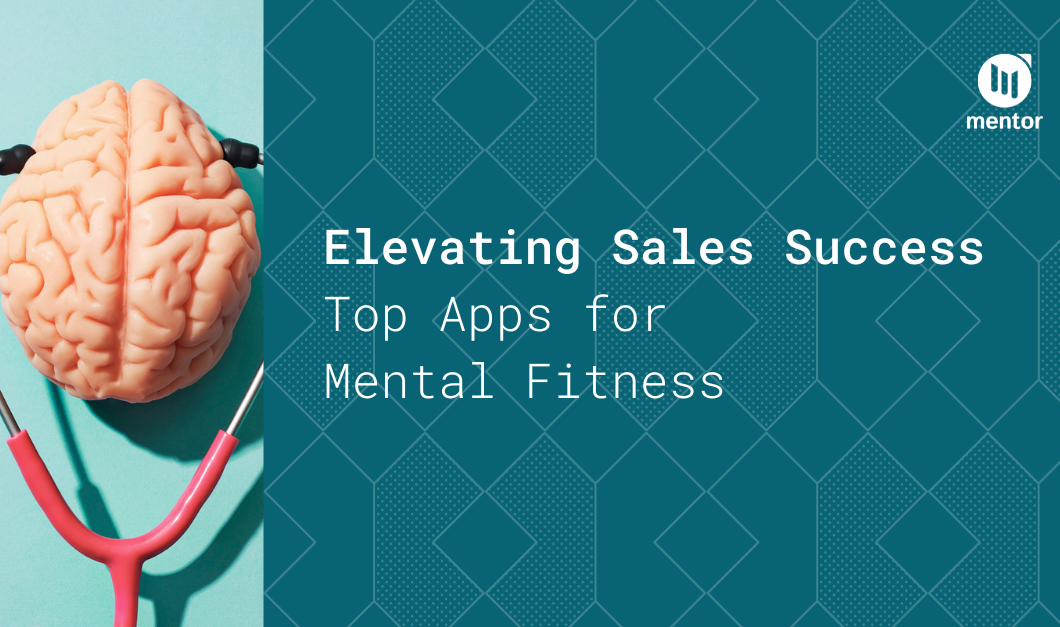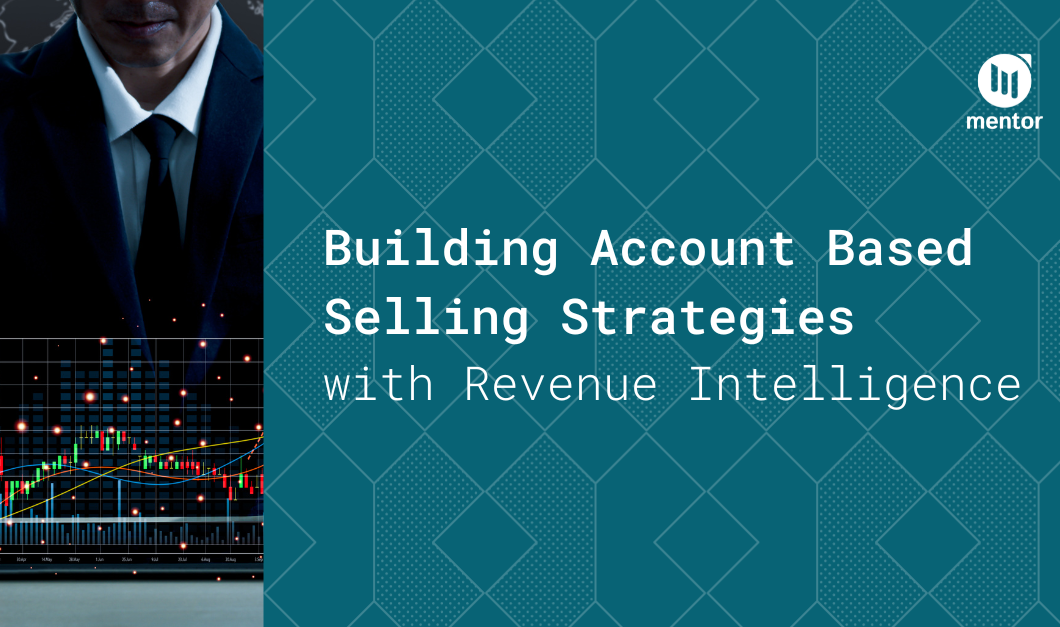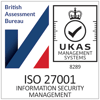In part one of this article, we talked about how most performance management has focused on corrective discipline and leads to catering, ultimately, to the lowest common denominator in organizations versus raising the bar and building a culture of performance among all team members by focusing on building upon strengths and areas that can be developed. As mentioned in part one, high performers on average outperform up to 400% more than the average employee. Now we need to answer the big question: How do we get there? Moreover, how do we close that gap so we can drive high-performing habits not only in top achievers, but also in those who struggle, so we move away from what amounts to corrective performance management and into a space where there are ongoing, proactive, discussions which are ultimately more positive, more impactful, and more appropriate for the current workplace context?
In order to progress and successfully execute a paradigm shift there are a number of commitments the team needs to make. First, everyone needs to let go of the past and look forward into the future. Second, there needs to be a commitment and radical transparency to tell the truth. Third, leaders must be supportive and helpful – not cynical or negative – and this also applies to team members and employees. Fourth, team members need to pick something to improve themselves – so everyone is focused more on “improving” than “judging.” Fifth, leaders and organizations need to set clear expectations for employees – so they can deliver. Sixth, all team members need to focus on finding solutions to problems. Seventh, acknowledge employees’ strengths while also addressing development needs. For employees, see these areas for learning and development as ways to grow personally and professionally and not be defensive when presented with areas to develop. Last, as the Harvard Business Review points out, 50% of high performers say they expect at least a monthly sit down with their Managers, but only 53% say their manager delivers on their feedback expectations so leaders and managers need to ensure they provide regular feedback and opportunities to connect.
A peer-reviewed journal article by Budworth, Latham, and Manroop on looking forward to performance management states: “The results suggest that the feedforward interview should prove useful for human resource managers who are searching for ways to increase the performance of their organization’s human resources over and above the traditional performance appraisal.”
The authors also found a significant relationship between the feedforward interview and employee performance relative to a performance evaluation. This can have practical significance for human resource managers: “Through this process, the interviewee is asked to identify the discrepancy between his or her goals and the current state. The key here is – identification, discussion, and goal setting around this discrepancy can create the motivation required for behavioral change.” Moreover, “By asking an employee to apply the lessons learned from a past success to a future one, a manager is able to move away from a deficit or remedial model of performance management.”
The context for future direction
|
Team based and communication driven |
Continually seek job experience that builds performance |
|
Focus on numbers and profits still critical |
Team members need to stretch outside comfort zone |
|
Improved accountability |
Provide opportunities to make mistakes |
|
Improved communication and motivation |
Entail deliberate practice, expert coaching, and feedback |
|
Project based |
Make KPIs personally relevant to role |
|
Performance and learning goals |
Eliminate formal system steps that do not add value or undermine effective performance management behavior |
|
Opportunity and future focused |
Use the smallest number of rating factors possible to cover job requirements |
|
Succession planning |
Simplify rating scale and requirements |
|
Use job experience as the primary means of developing employees |
Identify tools that will be well received and that effectively drive desired behavior |
The Recommendations and Overview of New Performance Appraisal Process are:
|
Alignment with profit and overall corporate goals and maximized share valuation and positioning |
Developmental – learning outcomes identified |
|
Supported and aligned with training |
Project based |
|
All levels engaged and aligned with program |
Focus on improving corporate culture and practices. This could include overall organizational goals measuring leadership climate, team cohesion and personal well-being improvements. |
|
Focus on the future and feedforward |
Results driven and evidence-based management focus |
|
Metrics based |
Leaders should remain diligent and flexible and utilize leading edge |
|
Conversational and mutually beneficial |
Research and techniques like the HOP High Performance Cycle (Sigvaldason, 2015) to develop programs and methods. |
The new process will incorporate great questions and the transferability of questions to KPIs. Therefore, we will need different types of KPIs:
- Organizational Goal(s)
- Personal Performance Goal(s)
- Developmental or Succession Goal(s)
- Team Cohesion and Personal Well-being Improvements (Management, Senior Managers, and Executive level)
- Customer Experience Improvements (Supervisors and Employees)
All these KPIs need to be linked with the organizational strategy which itself should be transparent and communicated with all members of the organization so they understand the what and why – with the performance management program driving the how.
By utilizing this new approach to performance these are the expected results:
|
Improved performance (individually and organizationally) |
Increased staff retention and attraction of new employees |
|
Increased accountability |
Less disciplinary and behavioural issues |
|
Better communication and expectations |
Alignment with and buy-in to larger corporate goals |
|
Improved team cohesion and a strong corporate culture that embraces performance |
Higher stock valuation and profits |
|
Improved staff morale and personal well-being |
|
As this article demonstrates, and the research supports, a new look at “HOW” performance management is implemented in organizations is critical. The returns and benefits allow organizations and leaders to get out of the performance trap mindset (a topic for a future article). As the culture of your organizations grows into one that embraces change and performance, the organization needs to bring higher levels of coaching, performance feedback, and opportunities to the team. In future articles we will talk about how to coach high performing teams.
If you are looking for support or guidance as you explore a new strategy for maximizing performance in your organization, please reach out to a member of Mentor Group and we look forward to helping take you and your organization to its next level of performance.








